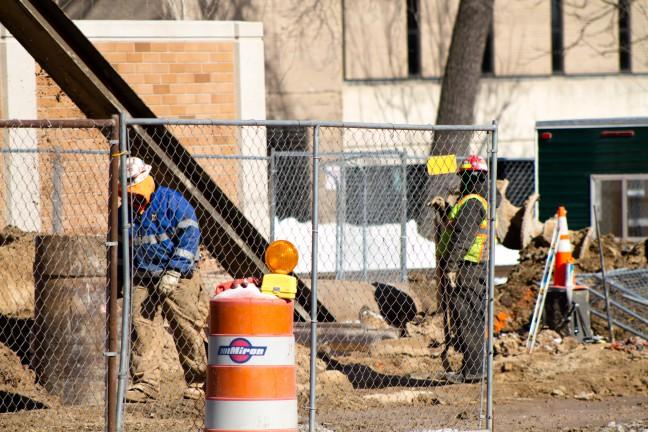Racial divides in Wisconsin continue to be made clear as the state notched the top spot in the nation for black unemployment rates in 2014.
According to a study done by the Economic Policy Institute, the unemployment rate in Wisconsin for African Americans is 19.9 percent. This clocks in as the highest in the country, with Nevada in second at 16.1 percent and Michigan with the third highest at 15.8 percent. The unemployment rate for white people in Wisconsin is at 4.3 percent.
Valerie Wilson, director of the EPI’s Program on Race, Ethnicity and the Economy conducted the study. African Americans in Wisconsin have poor outcomes in areas such as the achievement gap, educational attainment and incarceration rates, which helps explain the high black unemployment rate, she said in an email to The Badger Herald.
“I also suspect that most of the African American population of [Wisconsin] is in Milwaukee, so you add the effects of residential segregation and racial discrimination to the mix and it amplifies all of these other factors,” Wilson said.
While Wisconsin’s black unemployment rate is especially high, it is consistent with higher black unemployment rates for Midwestern states in general, she said.
Laura Dresser, associate director of Center on Wisconsin Strategy, said there isn’t a “silver bullet” answer to why the black unemployment rate is so high in Wisconsin. She said one theory is the decline of manufacturing jobs in the state, along with housing segregation in Milwaukee. She said this study shows the high level of disparity between black and white people in Wisconsin.
“The black experience in the state diverges very widely from the white experience in the state,” Dresser said.
Programs like Wisconsin Regional Training Program/BIG STEP are helping to address this issue, Dresser said. WRTP/BIG STEP helps train people in manufacturing and construction in Milwaukee and she said they recently started working in Madison as well.
Wilson said the black unemployment rate in Wisconsin has remained elevated for a number of years. When the national unemployment rate was at 4 percent overall in 2000, the black unemployment rate was 9.8 percent in Wisconsin, while the white unemployment rate was at 2.9 percent.
Wilson evaluated the pace of recovery for each ethnic group for each state. She conducted the study by comparing average annual rates of unemployment, employment population ratios and share of long-term unemployed for 2013 and 2014.
In the aftermath of the recession, African Americans have been hit the hardest in terms of unemployment, which is still affecting them, she said.
“By all measures, the labor market has yet to fully recover from the recession,” Wilson said. “For African Americans, the difference between pre-recession and current unemployment rates is the highest (2.4 percentage points).”


